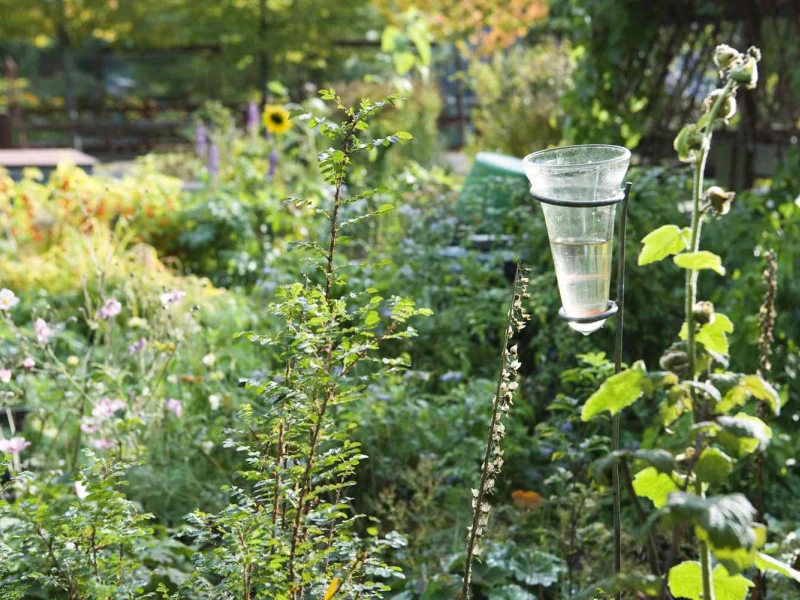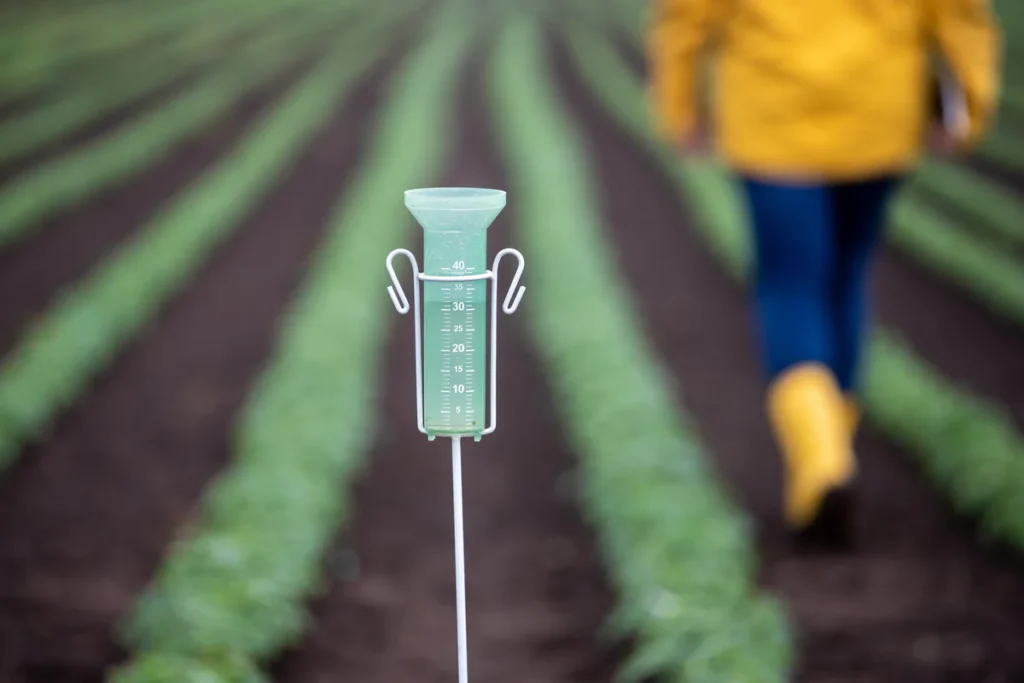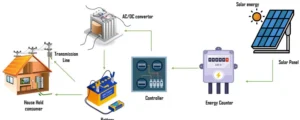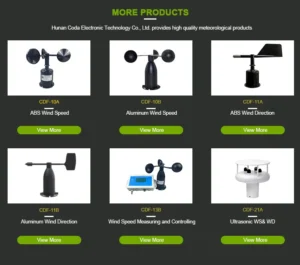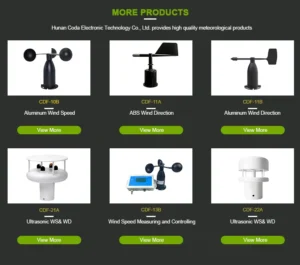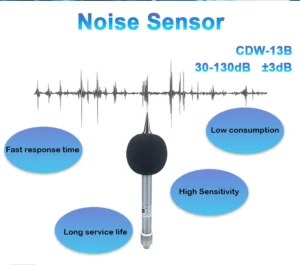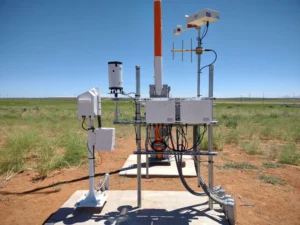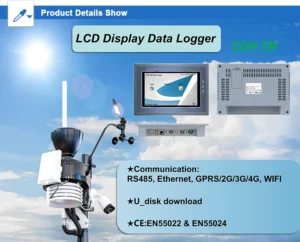who created the rain gauge
Understanding rainfall is important. Too much or too little rain can affect farming and people’s lives. It can even lead to natural disasters. Because of this, we must monitor rainfall closely.
In modern times, rain gauges are important tools for measuring rainfall. They are used in weather studies, farming, and water management. Over the years, these devices have changed in design and use. Let’s look at the interesting history of rainfall monitoring, especially in China.
China has been an agricultural society for a long time. It set up rainfall reporting systems over two thousand years ago during the Qin Dynasty. In the 3rd century BCE, the Qin Dynasty created the “Field Law.”
This law made farmers report rainfall, floods, droughts, and other farming problems. They had to do this during the growing season to the central court.
At that time, there was no exact way to measure rainfall. People used their own judgments to report rain. For example, saying “it rained for three days or more” showed how long it rained, but not how much.
The Evolution of Rain Gauge Technology: From Ancient Beginnings to Modern Sophistication
The Han Dynasty made this practice official. They created systems for local officials to record amount of rainfall and farming conditions. This was done during certain seasons. However, even after many years of rainfall records from different dynasties, a precise tool for measuring rainfall was never made.
From the Tang and Song Dynasties, simple tools began to appear. People used items like basins and cups to collect rainwater. They viewed overflowing basins as a sign of heavy rain.
For example, Du Fu wrote in his poem “Bai Di” that “the rain turns over in Baidi City.” This line shows heavy rain. However, back then, there were no tools to measure precipitation accurately.
Importance in the history of rainfall measurement
People saw an important event during the Song Dynasty. They introduced the “Heaven and Earth Basin.” This is known as the world’s first rain gauge.
The device was simple by today’s standards. It was mainly a water container. However, it set the stage for future optical rain gauge technology.
This innovation helped measure rainfall in a basic way. It also showed China’s importance in the early days of rainfall monitoring.
China’s progress slowed down over time. This was due to the absence of standard rain gauges and a national observation system.
In contrast, Western developments were moving forward during this time. By 1695, British physicist Robert Hooke created the first tipping bucket rain gauge. He made a model with a glass funnel attached to a wooden frame.
In this model, he designed it so that rainwater would flow into a larger container below. He could then weigh the water in the container to find out the rainfall volume. This simple design led to modern rain gauges, and its main idea is still used today.
Improvements happened fast after that. In 1722, Luke Howard, known as the “Father of British Meteorology,” made changes.
He used scales to measure rainfall directly, without extra steps. Over the years, science made progress. This led to new types of rain gauges. They could now be used for many purposes, not just measuring rain.
History of rainfall measurement
In today’s world, digital technology and the internet have changed rain gauges into advanced tools. The tipping bucket rain gauge is a popular choice. It is efficient and accurate. There are many designs available, but this one stands out.
This device has several parts. These include a housing unit, filter system, rain collector, funnel, and tipping mechanism inside the gauge.
It has signal terminals and brackets for mounting. It also has built-in alignment structures and clear signal outputs. These features allow users to read data directly. There is no need for manual calculations or extra processing.
Rain gauge technology has changed a lot over the years. It began with simple basins in ancient China. Now, we have smart systems that connect online.
These tools now allow for quick and real-time collected data to monitor rainfall around the world. This shows how far we have come from simple beginnings many years ago.
